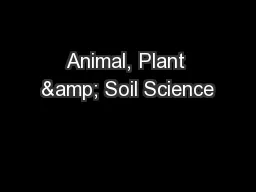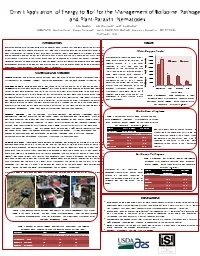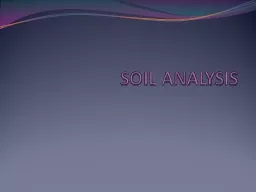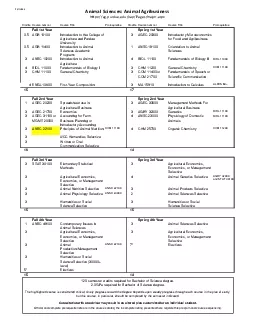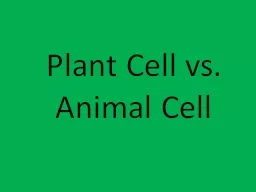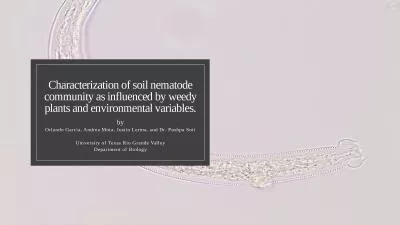PPT-Animal, Plant & Soil Science
Author : debby-jeon | Published Date : 2016-02-28
Lesson C58 Managing Animal Health PPT APSR C58 EUnit 010089 Interest Approach Bring in a pair of tattooing pliers and show the class Write a number on the board
Presentation Embed Code
Download Presentation
Download Presentation The PPT/PDF document "Animal, Plant & Soil Science" is the property of its rightful owner. Permission is granted to download and print the materials on this website for personal, non-commercial use only, and to display it on your personal computer provided you do not modify the materials and that you retain all copyright notices contained in the materials. By downloading content from our website, you accept the terms of this agreement.
Animal, Plant & Soil Science: Transcript
Download Rules Of Document
"Animal, Plant & Soil Science"The content belongs to its owner. You may download and print it for personal use, without modification, and keep all copyright notices. By downloading, you agree to these terms.
Related Documents

